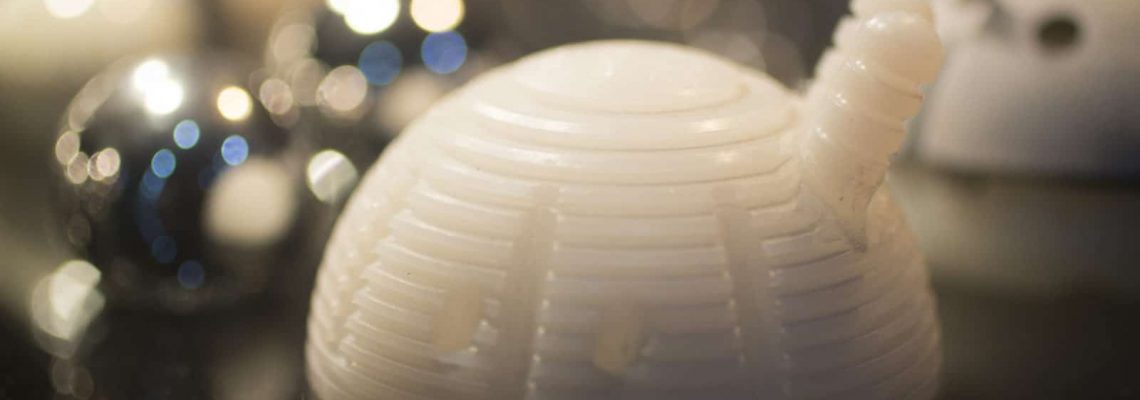A 510(k) is a premarket submission made to FDA to demonstrate that the device to be marketed is at least as safe and effective, that is, substantially equivalent, to a legally marketed medical device (21 CFR 807.92(a)(3)) that is not subject to PMA.1
The key elements that the FDA uses to evaluate substantial equivalence are:
- Same intended use as the predicate device
- Same technological characteristics as the predicate device
- At least as safe and effective as predicate device
Jordi Labs can assist you in the testing and submission of your 510(k), as well as answering the following questions about your device from the FDA’s guidance document.
- Do the devices have the same technological characteristics?
- Do the different technological characteristics of the devices raise different questions of safety and effectiveness?
- Are the methods acceptable?
- Does the data demonstrate substantial equivalence?
For more information on the 510(k) process, read the FDA’s guidance document here.
Some of the techniques that Jordi deploys in the testing to support a 510(k) include:
| Technique | Purpose |
|---|---|
| ASTM E647-15 | Tensile Properties |
| ASTM F2565-13 | Fatigue Crack Growth Rate |
| ASTM F2695-12 | Material Properties |
| Pyrolysis Mass Spectrometry | Qualitative Polymer & Additive Chemistry |
| GC/LC-Mass Spectrometry | Quantitative/Qualitative Polymer Additive Chemistry |
| Gel Permeation Chromatography | Polymer Molecular Weight Distribution |
| ICP-Mass Spectrometry | Quantitative Inorganic Chemistry |
| Nuclear Magnetic Resonance Spectroscopy | Functionalization/Crosslink Ratio |
| Thermogravimetric Analysis | Filler Content |
1https://www.fda.gov/medicaldevices/deviceregulationandguidance/howtomarketyourdevice/premarketsubmissions/premarketnotification510k/





